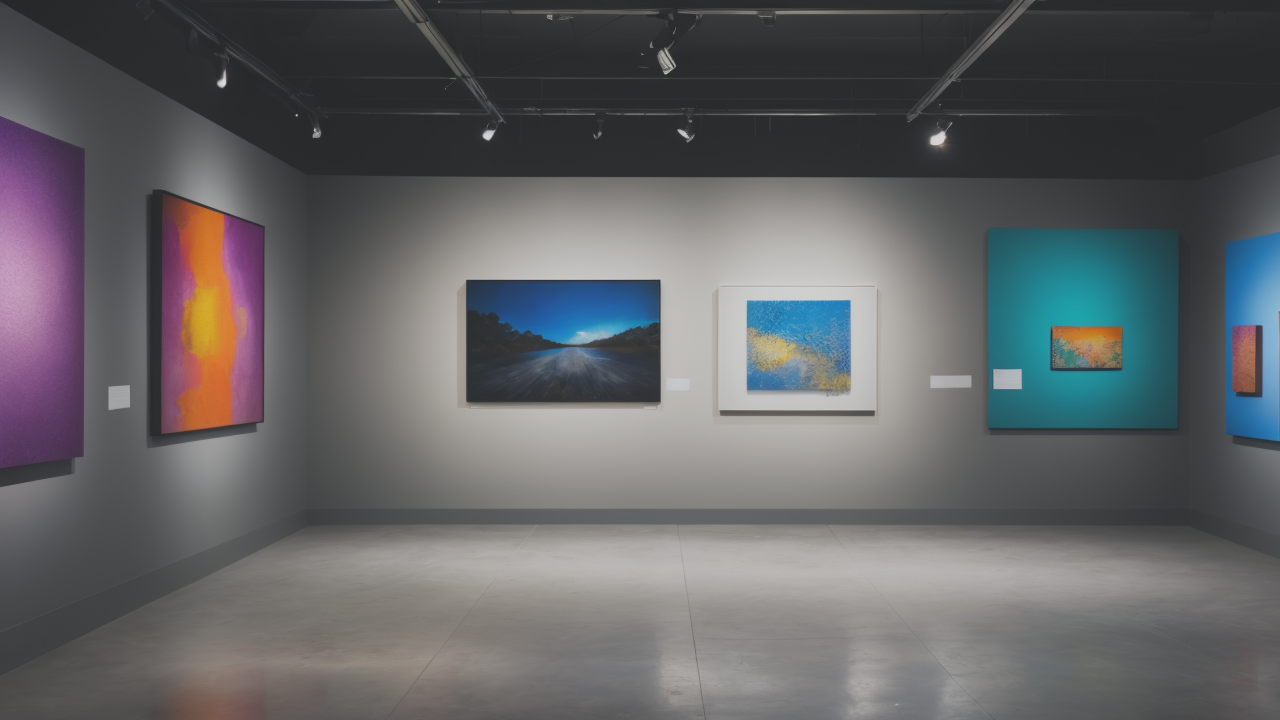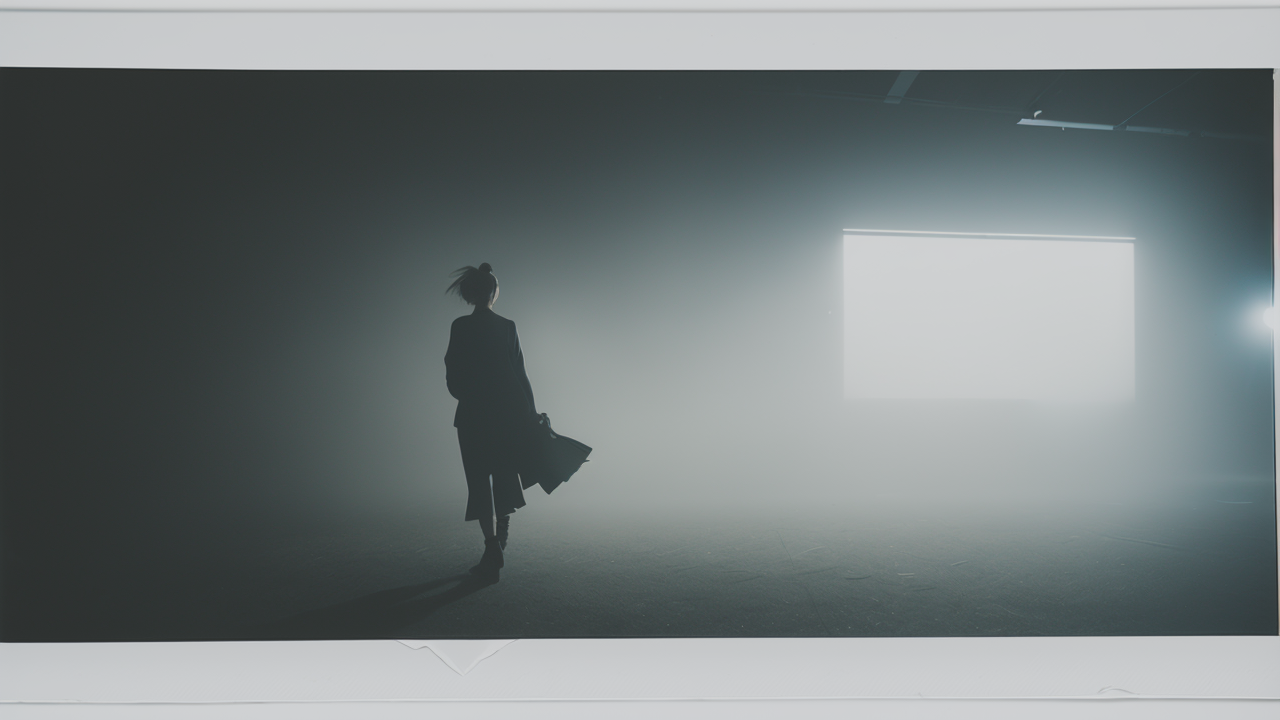
Wabi-Sabi Decor: Bringing Mindful Minimalism into American Homes through Art
The Origins of Wabi-Sabi Art in the United States
Understanding the Roots of Japanese Aesthetics
Wabi-sabi is a Japanese concept that values imperfection and transience. It found its way to the US art scene in the late 20th century. Artists were drawn to its focus on natural beauty and simplicity. Wabi-sabi challenges Western ideals of perfection in art. It finds beauty in the flawed, aged, and incomplete. This philosophy resonated with American artists seeking new perspectives. They saw it as a way to break free from rigid artistic norms. Wabi-sabi encouraged them to embrace imperfections in their work. It allowed for a more organic and authentic approach to art-making. The concept aligned with a growing desire for mindfulness in American culture.

Adapting Wabi-Sabi Philosophy to American Art
American artists began to blend wabi-sabi concepts with their own cultural influences. This fusion led to a unique American interpretation of wabi-sabi. Artists experimented with new materials and techniques. They incorporated found objects and weathered surfaces into their work. Unlike traditional wabi-sabi, American artists often used bold colors. They combined the simplicity of wabi-sabi with vibrant American pop culture. This new style reflected the diversity and energy of American society. It allowed for a broader range of expression within the wabi-sabi framework. The result was a fresh, dynamic approach to art that spoke to American sensibilities.
Revolutionizing Galleries with Wabisabi Art
Transforming Spaces with Colorful Paint Techniques
Wabisabi art has transformed gallery spaces across America. Artists use vibrant colors in innovative ways. They create textured surfaces that engage viewers on multiple levels. Walls become an integral part of the art, not just a backdrop. Painters use drip techniques to create abstract, fluid patterns. They layer colors to add depth and movement to their pieces. Some artists use natural pigments for an earthy, organic feel. Others opt for bold, synthetic hues to create a modern, energetic vibe. These colorful techniques bring new life to gallery spaces. They challenge viewers to see art and space in a different light. The result is a more immersive and engaging gallery experience.

The Role of Wabisabi Art in Contemporary American Galleries
Wabisabi art is reshaping the landscape of American galleries. It's breaking down traditional boundaries between art forms. Galleries now showcase a mix of painting, sculpture, and installation art. Wabisabi's influence has led to more interactive and immersive exhibits. Visitors are often encouraged to touch or move through the art. This approach makes art more accessible to a wider audience. Galleries are becoming spaces for experience and reflection, not just viewing. Wabisabi art is helping to create a more inclusive and diverse art world. It challenges conventional ideas about what belongs in a gallery. This shift is attracting new audiences and revitalizing the gallery scene.
The Impact of Wabisabi Art on American Art Collectors
How Collectors are Embracing Wabisabi Art
American art collectors are increasingly drawn to wabisabi-inspired works. They value the unique blend of Eastern philosophy and Western expression. Collectors appreciate the stories and processes behind each piece. They're attracted to the raw, honest quality of wabisabi art. Many see collecting this art as a form of mindfulness practice. It encourages them to slow down and find beauty in imperfection. Some collectors focus on emerging wabisabi artists. Others seek out established names who incorporate wabisabi principles. The market for wabisabi art is growing steadily in the United States. It offers a refreshing alternative to more traditional art forms. Collectors find that wabisabi art brings a sense of calm and reflection to their spaces.

The Future of Wabisabi Art in American Art Culture
Wabisabi art is poised to play an even larger role in American art culture. Its influence is spreading beyond galleries and private collections. We're seeing wabisabi concepts in interior design, fashion, and architecture. Schools are incorporating wabisabi principles into art education. This trend is likely to continue, shaping how Americans perceive beauty and value. Wabisabi art may lead to more sustainable practices in the art world. It encourages the use of natural, recycled, and found materials. As interest grows, we may see more wabisabi-inspired public art installations. This could bring its calming, reflective influence to urban spaces. The future of wabisabi art in America looks bright and full of potential.
The rise of wabisabi art in America marks a significant shift in artistic values. It's a move away from perfection and towards authenticity and mindfulness. This change reflects broader cultural trends in American society. There's a growing desire for meaningful, handcrafted experiences. Wabisabi art offers a counterpoint to our fast-paced, digital world. It reminds us to find beauty in the simple, imperfect aspects of life. As it evolves, wabisabi art will continue to challenge and inspire. It's reshaping not just galleries, but how we see the world around us. This shift could have far-reaching implications for American art and culture.
Wabisabi art's colorful evolution in America is still unfolding. It's a testament to the power of cultural exchange and adaptation. This art form has found new life far from its Japanese roots. In American hands, it's become a vibrant, expressive movement. It's bringing fresh energy and perspectives to galleries across the country. Collectors and artists alike are drawn to its honest, earthy appeal. As wabisabi art grows, it's sure to leave a lasting mark on American culture. It's teaching us to see beauty in unexpected places. And that's a lesson that resonates far beyond the art world.
The impact of wabisabi art extends to how we think about creativity and expression. It encourages artists to embrace spontaneity and imperfection. This approach can lead to more authentic and emotionally resonant work. Wabisabi art also challenges our notions of value in art. It suggests that worth isn't just about skill or perfection. Instead, it's about the ability to evoke feeling and reflection. As this concept spreads, it could change how we judge and appreciate art. Wabisabi art is more than just a style - it's a new way of seeing and creating. It has the potential to transform the American art landscape for years to come.


